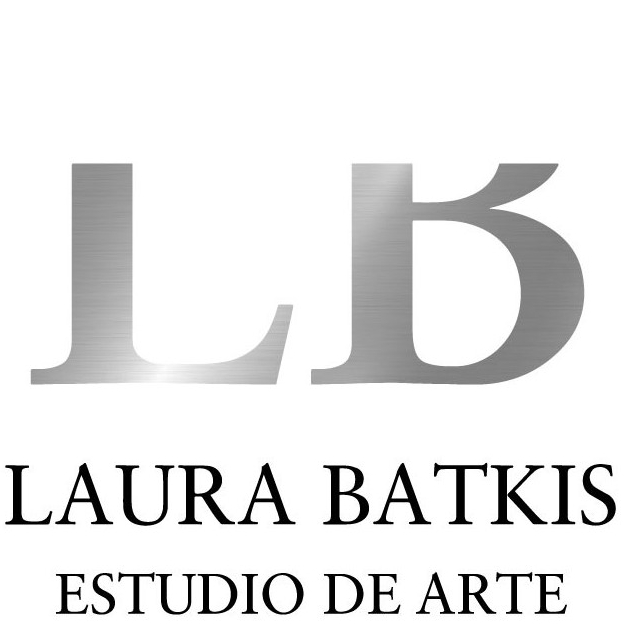La Mano
Siquier at The Reina Sofía – Pablo Siquier
July 2005
They made it. The Argentine artists of the 1990s are circulating in international exhibitions, occupying part of the space that is nowadays dedicated to Latin American art in the world. In addition to Macchi’s participation in the Venice Biennial (which La Mano anticipated in May), Leandro Erlich will be present at the same event. And in Madrid, Pablo Siquier has just inaugurated a retrospective at the Museo Nacional Centro de Arte Reina Sofía.
The exhibition is at the Palacio Velázquez, an exhibition hall located in the Retiro Park. It is the same place where Kuitca exhibited a couple of years ago. Outside it is brick with neoclassical ambition, but the entranced is flanked by two stone lions. Inside there are iron columns and there is wood, like from a small town train station. Sunlight streams through the ceiling, the floor is marble, and everything is diaphanous, light, and airy. Pablo Siquier (1961) exhibits his works of calculated and obsessive geometry from his beginnings with color to the most recent works in black and white, including part of his installations. When he began in the late ‘80s, he assembled ornamental structures from automatist exercises. Later he began to freely take architectural modules drawn with clean and precise edges. In the prologue to this Madrid exhibition, Arturo Carrera relates Siquier’s work to calligraphy and writes: “The calligrapher’s task: perfection. I say: ‘perfection’ because his work evokes it. I say: ‘Siquier’s calligraphies’ because his paintings always immediately evoked in my mind Assyrian calligraphies, or that Turkish Kufic calligraphy, which builds with its strokes a mosque and says: “…There is no god but God…”
His image was gradually stripped more and more to the limit of minimalist disappearance in direct relation to modern architecture.
Siquier listens to music by Steve Reich and Brian Eno, which refers to the reiteration of a musical pattern in his works. Lately, he draws huge murals on the wall with overwhelming schemes of geometries that are assembled and disassembled following the guidelines of optical art and according to the viewing distance chosen by the audience. Edu Milewicz is writing the script for his next film in Madrid. With the almost 40 degrees of the European summer, he came out of his air-conditioned bunker and went to The Retiro to see this exhibition, and he tells me: “People approach and move away from the paintings, trying to find a key, as in a magnifying glass, to unravel the mystery. When they approach the paintings, they look; when they move away, they raise their eyebrows. Curiously, they all approach from the same side, the bottom right, as if they had received reading instructions.”
And he refers to some of his paintings as follows: “In 0504, there is something of Escher without the human and something of Fritz Lang’s Metropolis, but without the city. There is the pure obsession that is always labyrinthine. In 0201, there is something hypnotic, cellular, binary, microscopic, tissue-like. In 9805, 0110, and 8801, I discovered that to approach them is to get lost. It is a structure that combines the meticulousness of the calligrapher with the purity of the scientist. The ambition is unsettling.
BY LAURA BATKIS
